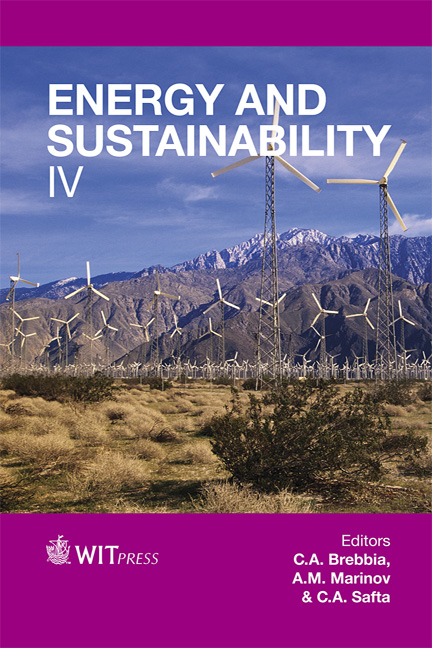Standard Test Procedure To Characterise Different Filter Media Under Energy Consideration
Price
Free (open access)
Transaction
Volume
176
Pages
11
Page Range
3 - 13
Published
2013
Size
1190 kb
Paper DOI
10.2495/ESUS130121
Copyright
WIT Press
Author(s)
W. Hoeflinger & T. Laminger
Abstract
In the context of increasing energy prices and the imperative of reducing CO2 emissions, the energy consumption also related to dust separators has become the focus of attention. Further, new stricter regulations for the particle concentration in the environmental air (PM10 PM2.5) require the improvement of existing dust separators. The improvement of the separation efficiency of dust separators is always associated with a higher energy input, in case of a filtering device with an increase of the pressure drop and other energy inputs during the filtration procedure. Especially for air depth-filters, used for applications with low dust concentrations (e.g. ventilation of living and working spaces), a new guideline \“EUROVENT 4/11” [1] for energy efficient operation has already been developed. With this method a classification of different filter media concerning their energy consumption and their separation efficiency in relation to each other can be done. For applications with high dust concentrations (e.g. waste gas cleaning of combustion or cement plants), where so called cleanable dust filter media are in use, a classification of different cleanable dust filter media can be done by the standards ISO11057:2011 [2] and VDI 3926 [3]. But these standards make no statement to their relative energy consumption. In this work an approach was made to classify different filter media concerning their relative energy consumption in connection with their separation efficiency. With a special test rig, which are also used in ISO11057:2011 [2], a total energy consumption value [Wh/m³] related to the air volume throughput and the corresponding separation efficiency was evaluated over 30 filtration cycles. This energy value comprises all relevant energy consumption parts (fan energy and
Keywords
energy consumption, cleanable dust filter, clean gas





